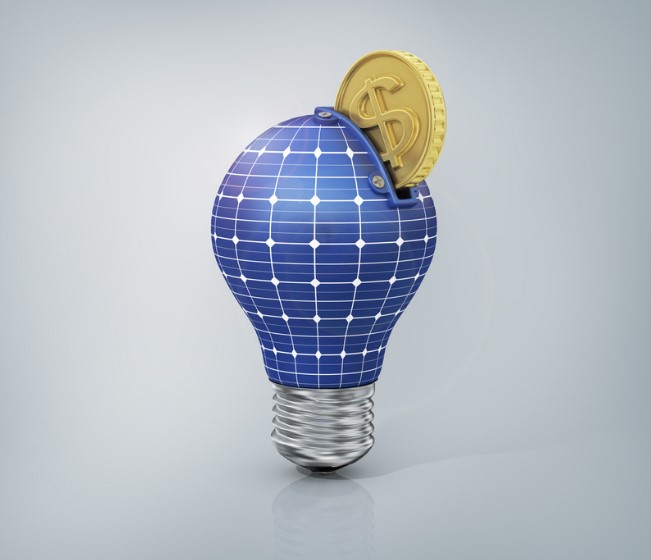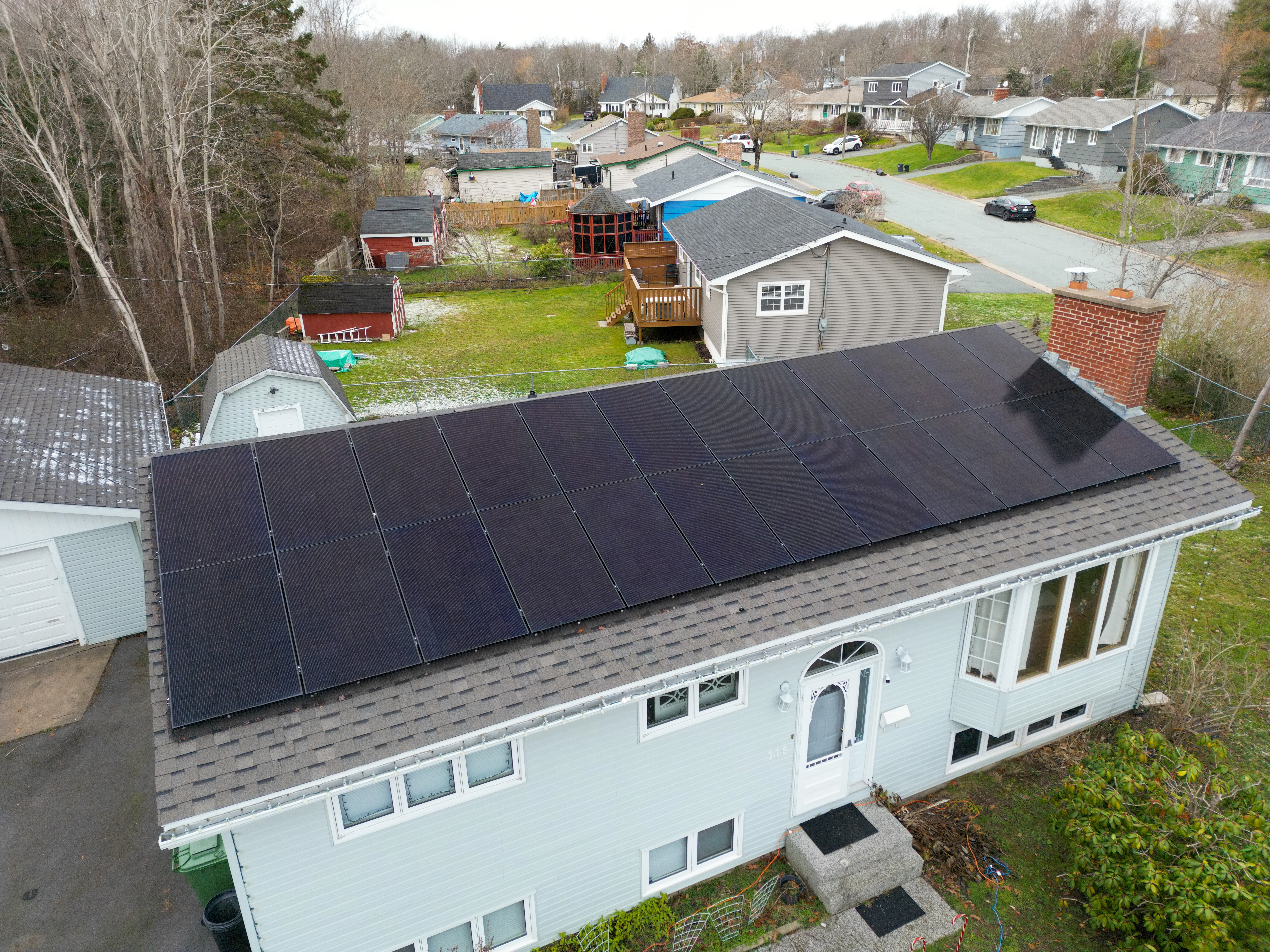Why Solar Is Like Trading-In a Car
Buying solar is like a car purchase.
But rather than adding a car to one’s personal fleet, buying solar is more swapping one car to get another. It is not an incremental investment; rather, it is spending the same amount per month but on a newer vehicle. A buyer starts with a current payment of a certain amount per month, and they look to obtain the new vehicle for the same amount per month.
The same is true for solar. Solar isn’t a new expense – it’s just trading in utility power for sun power. If one’s home requires $200 per month of electricity, a solar system will be designed to provide the same amount of power. There is no over-designing of solar arrays. They are designed to provide required power, not more than is needed.
So buying a solar system is very similar to a car trade-in – say an older gas guzzler for a new electronic car. But financing that purchase is much different. Thanks to the Canadian Greener Homes program, sponsored by the Canadian government, solar buyers can get 0% interest on solar loans. The Greener Homes program also provides $5,000 in rebates. And if a buyer still needs assistance, they can get help from their towns. In Atlantic Canada, 14 towns have programs that help residents pay for solar.
But what about the initial payment? One of the biggest myths about solar is that a purchase requires a massive upfront payment. That is simply not the case.
Clearly, a solar array requires a spending commitment – typically in the high four-figures or the low five-figures. But that commitment is spread over multiple monthly payments. The buyer determines how much to put down and how many months they’ll take to pay off the acquisition; the result will be an amount that the buyer can afford each month.
Like that new electric vehicle, solar is clean, green, and emission free. And because it replaces an expense rather than creates a new cost, it is also immensely affordable. After all, if one can afford utility power – and we all can – than one can afford solar.



